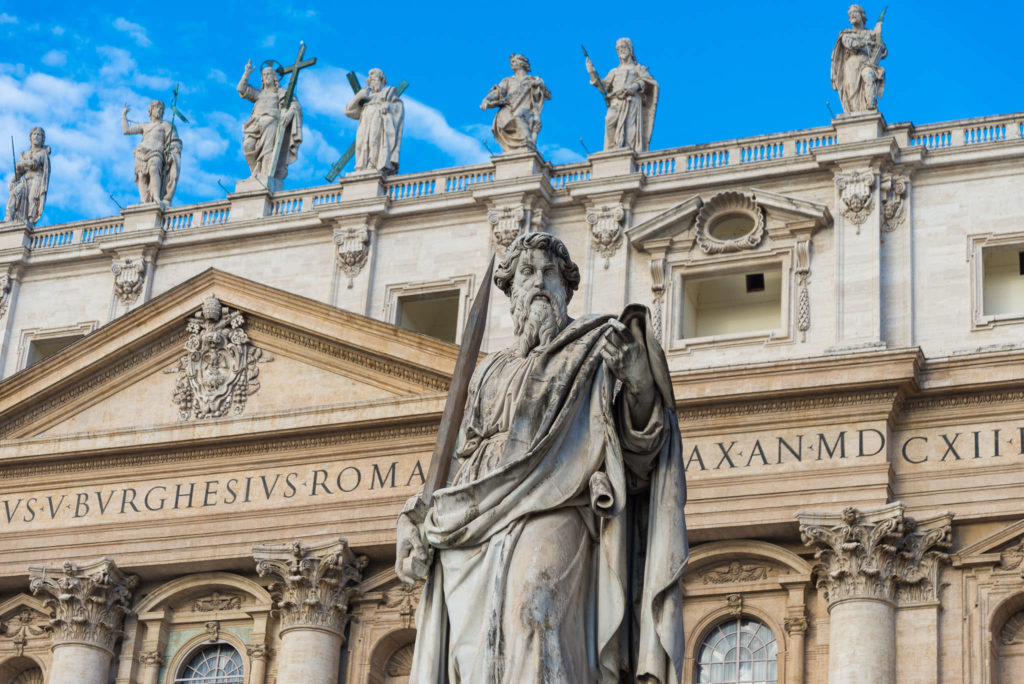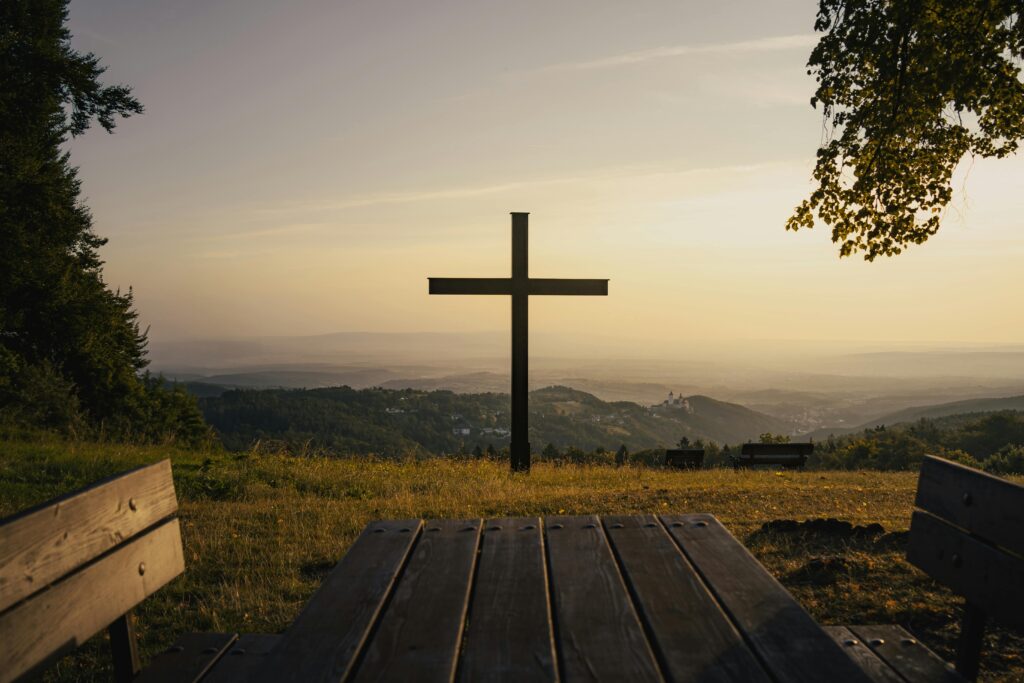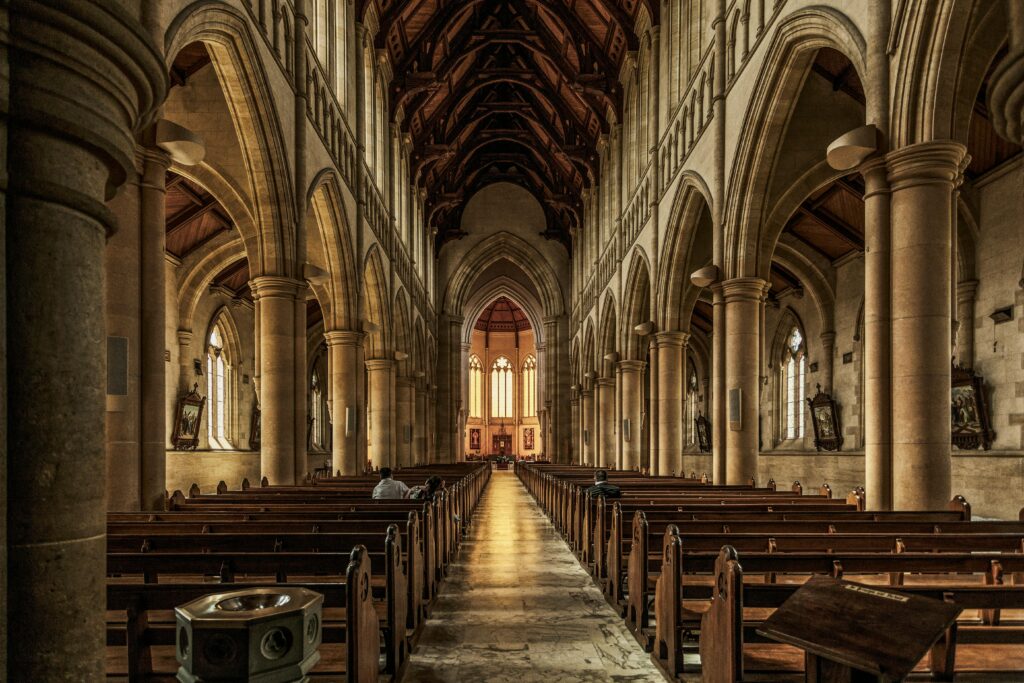Why Is the Church ‘Roman’?
Questions and Answers

Why Is the Church “Roman”? Father Jairo Yate, Investigating Judge in the Diocese of Ibagué, Colombia, answers this question.
Pope Francis teaches that the Church is missionary because she received from the Apostles Our Lord’s mandate to teach the whole world. But she is also Apostolic because she is founded on the Succession of the Apostles, namely, on those the Lord sent (Apostle means “sent”) who are the Bishops that teach, sanctify and direct the Church that has been entrusted to them. The “local” Churches, that is, the territorial, are fully Catholic given their communion with the Church of Rome that, as Saint Ignatius of Antioch says, presides “in charity” over the others.
How did Jesus Christ Conceive His Church?
According t0 Sacred Scripture’s texts: The Lord Jesus, after having prayed to the Father, and then calling those He wished, chose the Twelve so that they would live with Him and send them to preach the Kingdom of God (cf. Mark 3:13-19; Matthew 10:1-41): He founded these Apostles (cf. Luke 6:13) as a College, namely, a stable group, and placed as their head — a scandal in their midst — Peter (cf. John 21:15-17). Christ sent them first to the children of Israel, then to all the Gentiles (cf. Romans 1:16) so that, with the power He gave them, they would make all peoples disciples of His, sanctify and govern them (cf. Mathew 28:16-20; Mark 16:15; Luke 24:45-48; John 20:21-23).
According to Catholic biblical hermeneutics, Jesus Christ founded a Christian community organized hierarchically and with authority, directed by the Apostles, the first of whom was Peter. According to the Book of the Acts of the Apostles, they and Jesus’ first followers structured an organized Church. The Bishop of Rome is the Successor of Saint Peter whom, according to Luke’s Gospel, Jesus chose for the mission to confirm his brethren in the faith.
What can we know about Saint Peter’s life?
According to biblical writings, we know that, after Christ’s Resurrection, the Apostles undertook many journeys in their ministry. Around the year 36 A.D. Saint Peter and Saint John went to organize the Church in Samaria after God’s Word was accepted there (cf. Acts 8:14).
Some more details . . .
Peter, Apostle of Jesus Christ and first Head of His Church, was a fisherman of the Sea of Galilee until he left his home in Capernaum to join the disciples of Jesus of Nazareth in the early days of his preaching. Together with them, other fishermen of the area joined Jesus, such as his brother Andrew and the two sons of Zebedee, James, and John, all of whom formed the original nucleus of the Twelve Apostles.
After Jesus’ death (around the year 30 A.D.), Saint Peter became the undisputed leader of the minute community of the first Christian believers of Palestine for a period of fifteen years: he led the prayers, responded to accusations of heresy leveled against him by the orthodox Rabbis and admitted the new adherents (including the first non-Jewish adherents).
He was imprisoned around the year 44 by order of King Herod Agrippa but was able to escape and left Jerusalem, dedicating himself to spreading the new religion in Syria, Asia Minor, and Greece. At that time his leadership was probably less evident, other Apostles disputing his primacy among Christians, such as Paul or James. He attended the Council of Jerusalem (48 or 49), in which he supported Saint Paul’s line to open Christianity to the Gentiles, in face of those that continued to link him with the Jewish tradition.
“The last years of Saint Peter’s life can be reconstructed from much later reports. He went to Rome where he carried out a long apostolate, justifying the future See of the Papacy: the Roman Church considers Saint Peter the first of her Popes. He was arrested there during Nero’s persecutions of Christians and died crucified. A not much-verified tradition situated his tomb on the Vatican Hill, the place in which Emperor Constantine had the Basilica of Saint Peter and Saint Paul built in the 4th century. “
Jesus Christ Built His Church on the Person of Saint Peter
It was in Caesarea Philippi, northeast of Lake Tiberias, that the episode took place in which Saint Peter affirmed Jesus’ divinity: “You are the Christ, the Son of the living God” (Matthew 16:16). Jesus judged the affirmation as effect of illumination from on High and He conferred on Peter maximum authority: “Blessed are you, Simon Bar-Jona! For flesh and blood has not revealed this to you, but my Father who is in Heaven. And I tell you, you are Peter, and on this rock, I will build my Church, and the powers of death shall not prevail against it. I will give you the keys of the Kingdom of Heaven, and whatever you bind on earth shall be bound in heaven, and whatever you loose on earth shall be loosed on Heaven (Matthew 16:17-20).
Did Saint Peter leave Some Writings?
Saint Peter’s Letters appear in the Holy Bible. The Apostle writes about the dignity of the Christian, the sublimity of his vocation and the holiness of life that must be its consequence. From chapter 2:11 to 4:6, the Apostles recommend obedience, patience, respect of authority, love of enemies, and concord among brothers. The third and last part (4, 7-5, 14) has instructions for a pure and holy life.
Is the Pope the Bishop of Rome? What relationship does the Pope have with Saint Peter?
The Pope is Bishop of Rome, Vicar of Jesus Christ, Successor of the Prince of the Apostles, Supreme Pontiff of the universal Church, Patriarch of the West, Primate of Italy, Archbishop and Metropolitan of the Roman Province, Sovereign of Vatican State, Servant of the Servants of God.
When Jesus Christ instituted His Church, He made of Simon Peter, a rugged fisherman of the Lake of Bethsaida in Galilee, the rock of His Church. He gave him her keys and instituted him shepherd of the flock (John 21:15-17). The Pope has no office other than to be the depository of the keys of the Church and shepherd of the flock that makes up the Catholic Church.
This succession of persons, from Saint Peter up to our days, has continued over 21 centuries in the person we all know as the Holy Father, the Pope, or Supreme Pontiff of the universal Church. Saint Peter received this power from Jesus Christ to “bind and loose” and it has been transmitted over time. Saint Peter was martyred in the city of Rome, between the years 64 and 67. Hence, Rome is the city of Popes.
It is for the Pope, Bishop of Rome, and Successor of Peter to be the principle and perpetual and visible foundation of unity, both of the Bishops as well as of the community of the faithful. It is for him to confirm all his brethren in the faith, namely, all Catholics. “The Roman Pontiff enjoys this infallibility in virtue of his office, when, as Supreme Pastor and Teacher of the faithful — who confirms his brethren in the faith — he proclaims by a definitive act a doctrine pertaining to faith or morals” (Catechism of the Catholic Church, no. 891).
Why Is the Pope Peter’s Successor?
Because Christ appointed him Head of the Church. By divine will, Peter established his residence in Rome. And thus, by divine disposition, he who succeeds him as Bishop of Rome succeeds him also in the supreme government of the Church.
The Catechism of the Catholic Church states: The Pope, Bishop of Rome and Peter’s successor, ‘is the perpetual and visible source and foundation of unity both of the Bishops and of the whole company of the faithful’ (Lumen Gentium 23). ‘For the Roman Pontiff, by reason of his office as Vicar of Christ, and as Pastor of the entire Church has full, supreme and universal power over the whole Church, a power which he can always exercise unhindered.’” ((Lumen Gentium, 22; Catechism of the Catholic Church, no. 882).
The Bishop of the Roman Church, who has the function that the Lord entrusted singularly to Peter, first among the Apostles, and who was to transmit it to his successors, is Head of the College of Bishops, Vicar of Christ, and Pastor of the universal Church on earth; who, therefore, has in virtue of his function, ordinary power, which is supreme, full, immediate and universal in the Church, and that he can always exercise freely” (Code of Canon Law, Code 331).
Translation by Virginia M. Forrester
Related

Syncretism and the Relativization of Faith: The Challenge of Religious Relativism in a Pluralist World
Javier Ferrer García
11 April, 2025
5 min

Do I Know How to Exercise Authority Over My Children?
José María Contreras
11 April, 2025
2 min

Social Distancing in the Assembly
Irene Vargas
11 April, 2025
4 min

The Value of Humility at Work
José Miguel Ponce
10 April, 2025
2 min
 (EN)
(EN)
 (ES)
(ES)
 (IT)
(IT)

